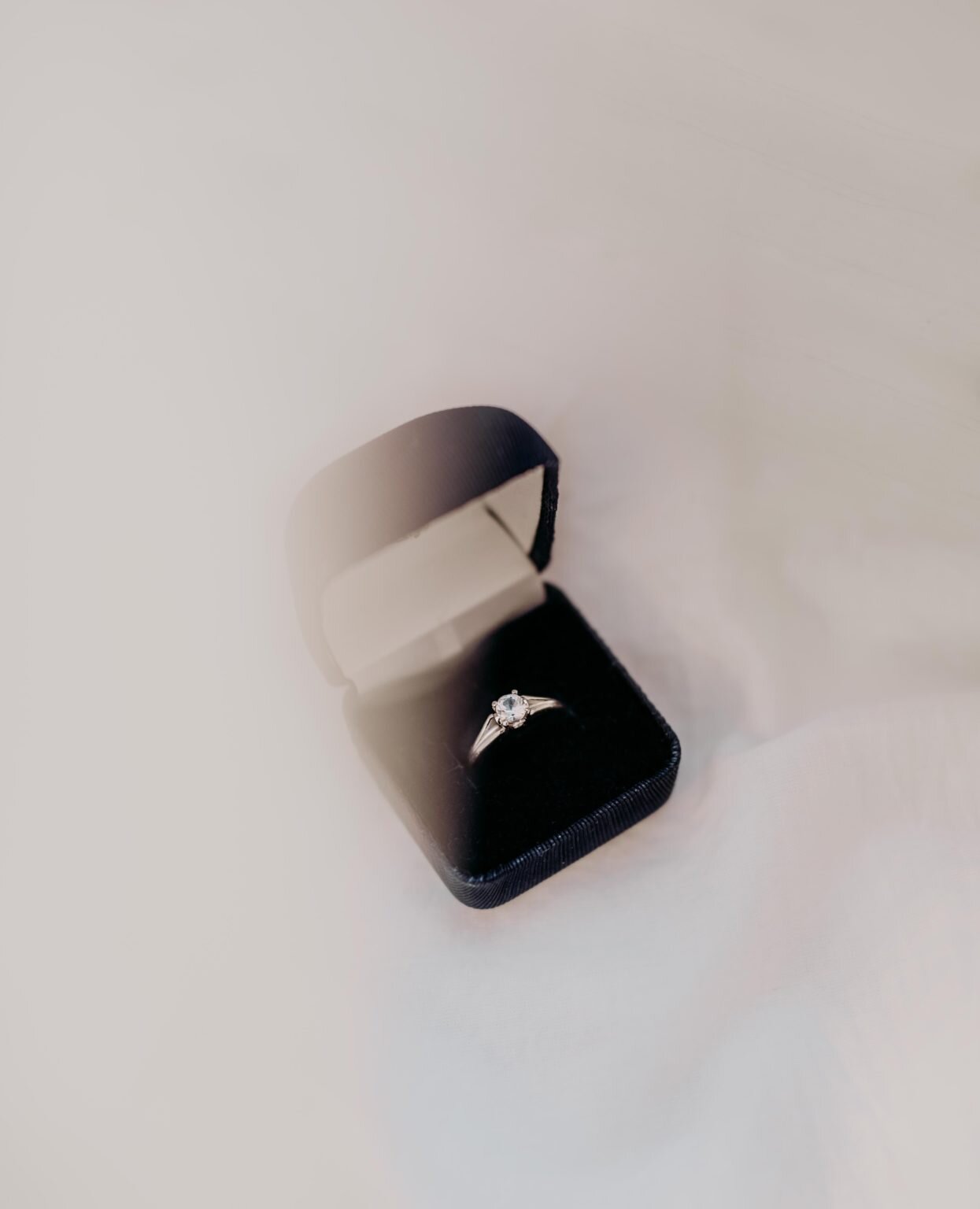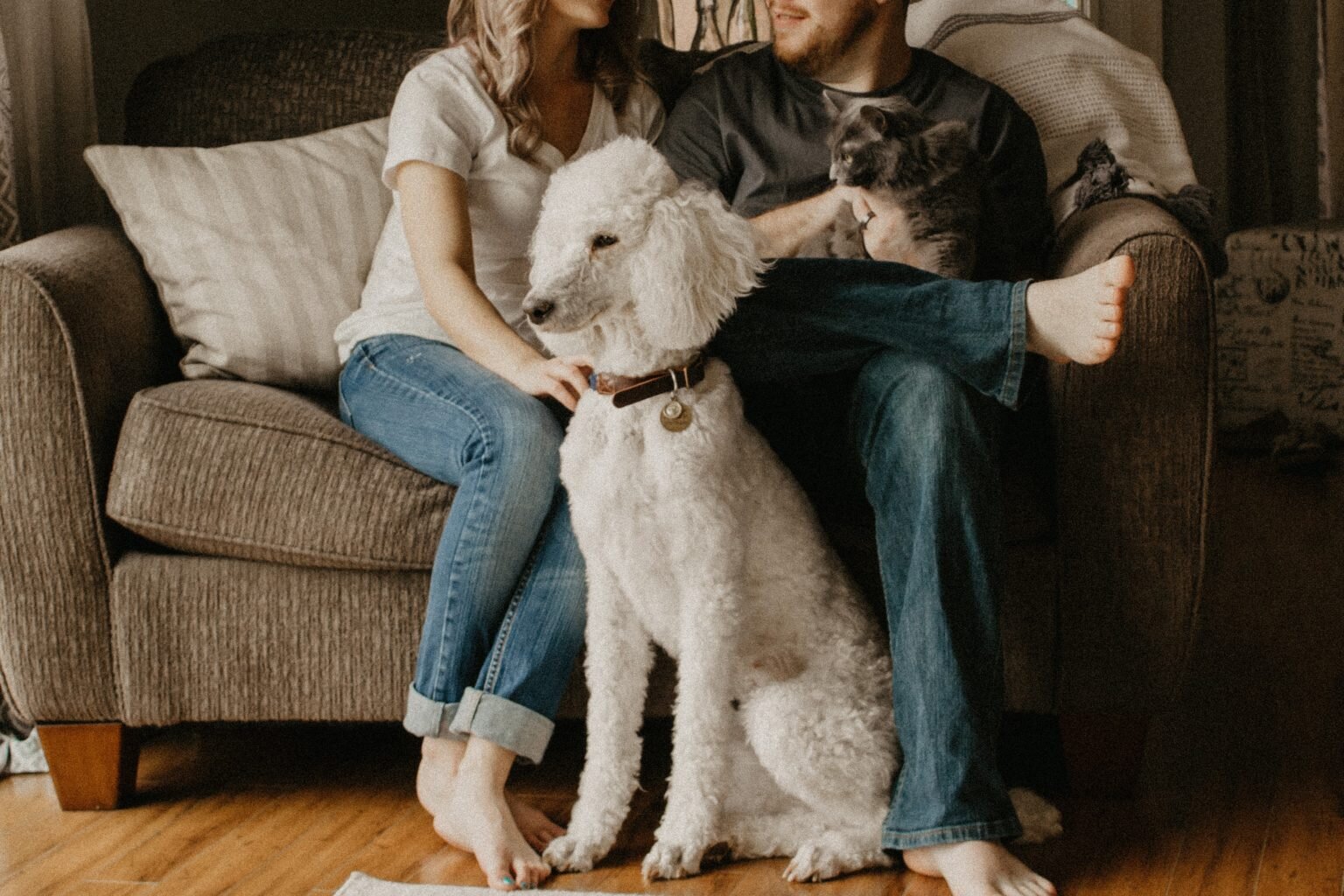How do Colours Come into the Fancy coloured Lab-Grown Diamonds?
Lab-grown diamonds can take on different colours depending on the type of particles accumulated in the lab-grown diamond and the temperature, pressure, stress, and other conditions. We all know that the environment makes the diamond white in most cases. However, the lab-grown diamond must undergo other requirements in rare instances to obtain its popular colour.
For example, the colour of a pink diamond is due to the pressure exerted on the diamond when the carbon atom plains inside the diamond crystal are displaced. In the case of yellow diamonds, the yellow colour is due to the displacement of carbon atoms in the diamond lattice by nitrogen atoms. These chemical deposits and substitutions cause different colours to be absorbed and transmitted through the diamond.
CONTENT
How are fancy coloured lab-created diamonds made?
Trace elements interacted with the carbon atoms during the creation of the lab-created diamond created the fanciest coloured diamonds. The existence of chemical components such as nitrogen, sulfur, and boron can colour diamonds in yellow, green, and blue shades.
The fancy colours of lab-grown diamonds can be yellow, green, blue, and pink.
The market for different fancy colour lab-grown diamonds has changed dramatically in recent years as the popularity and demand for diamonds have increased, and their prices have risen.
Fancy colour diamonds are natural or lab-grown diamonds that have been colour enhanced. The idea is to significantly improve some unwanted colour lab-created diamonds (such as yellowish) (from pale yellow to bright yellow) some unwanted colour diamonds (such as yellowish) or even change them all to blue, purple, and red.
From where does the colour of a lab-grown diamond come?
If it were a diamond made of pure carbon atoms with an utterly perfect structure, then you would have a colourless but transparent diamond. However, nature rarely works like this, and even in a controlled laboratory environment, it is almost impossible to avoid impurities. Therefore let's take an inside look at the causes of a lab-grown diamond's colour and why it matters.
One of the most compelling advantages of lab-grown diamonds is that they can have a range of lab-grown diamond colours that are very rare in nature. It is achieved by changing the gas mixture added to the CVD reactor and treating the stone towards the end of the synthesis process. The process sounds simple, but our scientists spent thousands of hours refining the process and creating the perfect light pink and blue lightbox shades every time.
A fancy light pink uncut diamond
HPHT method colour enhancement.
Lab-created diamonds containing nitrogen impurities in the growth process give the diamond a yellow colour, not what you want in a white diamond. It is the most common type of diamond and joint in high-pressure and high-temperature (HPHT) processes that use simulated natural growth patterns.
This group further breaks down into a collection of nitrogen atoms. In nature, diamonds take millions of years to form, and during this time, some nitrogen atoms slowly find partners and eventually pair up. It is romantic. These are type 1a. Lab-grown diamonds take a few weeks while the nitrogen atoms remain single and are called type 1b. Although it requires advanced equipment and is not 100% accurate, it can identify high-pressure, high-temperature diamonds.
CVD method colour enhancement.
Diamonds do not contain nitrogen atoms. These diamonds are scarce, accounting for less than 2% of mined diamonds. They are so rare that they are usually only owned by royalty and the very wealthy. No more. Most lab-created diamonds using chemical vapour deposition (CVD) methods are type 2, while most diamonds produced at high temperatures and pressures are type 1b.
The second group divides further into two groups. Type 2b contains the element boron that gives lab-grown diamonds blue. It may be ideal if you want brightly coloured blue diamonds, but the others are not. Type 2a is the most desirable because they contain no measurable boron and are colourless or nearly colourless.
Unless, of course, you want blue lab-grown diamonds. Other rare colours, such as pinks and reds, can be produced through a post-treatment process of radiation and heat.
How many colours can lab-grown diamonds be?
Lab-created diamonds come in all the rainbow colours (red, blue, green, purple, pink, etc.) and black, brown, grey, white, and some other rare colours. There are even "salt and pepper" diamonds, which look more like polka dot patterns. So, diamonds come in many different colours! Some colours, like red and blue, are rarer than others. Because of this scarcity, these colours are much more expensive. Like the US brand EverDear™provides a wide range of lab-grown diamonds, also called cremation diamonds.
On the other hand, some less rare coloured diamonds, such as champagne diamonds and black diamonds, can be cheaper. So, choosing a beautiful diamond for your coloured diamond ring may not be as crazy as you think! Indeed, for every colour you can imagine, there may be an odd shade of coloured diamond in the world.
Lab-created diamonds come in all rainbow colours.
Fancy coloured diamonds
Fancy-coloured diamonds are known in the jewellery industry as "fancy diamonds." They come in various colours, shades, and saturations - some rarer than others, but overall, fancy coloured diamonds are much rarer than white diamonds.
Unlike white diamonds and their GIA certificates, it's a good idea to watch a video of a fancy-coloured diamond before you make your selection so you can see what it looks like as it moves, as the colour and saturation can vary widely. Fancy-coloured diamonds rely on more visual responses than technical diamond grading reports.
While brilliant-cut diamonds are a classic and traditional choice for diamond rings, this shape does not lend itself to fancy coloured diamonds because they do not display colour tones or luminous or cushion-cut diamonds. While fancy coloured diamonds are expensive, a great way to highlight them in your design is to use them in a ring or halo.
Grading fancy colour diamonds.
The process of grading coloured diamonds is reasonably complex and requires a highly skilled professional and experienced grader. It is why you always need to look for a GIA-certified grading when choosing the colour of your diamond. When grading a coloured diamond, the GIA considers the depth of colour, intensity and hue of colour, and saturation.
The GIA determines the colour grade of a diamond based on the rarity and value of the coloured diamond. They are in the following order: Faint, Faint, Fantasy, Intense, Fantasy Vivid, Fantasy Dark, and Fantasy Deep.
Yellow and brown coloured diamonds.
When you talk about fancy coloured diamonds, the most popular and abundant coloured diamonds are the yellow and brown diamonds. We now know that the yellow colour is caused by the nitrogen atoms deeply rooted in the diamond's crystals. Yes, the more nitrogen atoms there are, the more yellow the diamond becomes and the more valuable it is. In a standard diamond colour chart, we may find that yellow or brown hues reduce the value of a diamond. However, when the intensity of the yellow colour is too high, the value of the diamond increases in contrast. The most common are greenish-yellow and orange-yellow.
The pure yellow coloured diamond
People love the pure yellow colour of diamonds because of the fire and brilliance, and they love to display them on rings. Demand for orange rings is also rising, providing a perfect contrast to modern rings. A second famous and rich colour is brown. Brown diamonds have been used on calls since the second century when the Romans adorned these beautiful diamonds on their rings. The Australians first started putting jewellery on them and introducing them as a fashion statement. Today, you will find brown diamonds on rings in all shapes and sizes.
Rare fancy colour diamonds.
Saturated pink, green, and blue diamonds are precious because they are rare and do not always occur. Studies and close observations tell us that these coloured diamonds are found in only one out of 10,000 diamonds. The value of these fancy coloured diamonds increases with colour depth, saturation, hue, intensity, and other factors. It is an extremely rare diamond if you find a medium to be a dark red or blue diamond. A pure pink diamond is also a trendy choice and is classified as a rose-coloured diamond.
As a rare colour diamond, blue diamonds are the equivalent of sapphires and are also a popular choice for modern rings, and you can use accent stones to adorn your ring. In addition, you can also choose fancy green diamonds. Green diamonds are usually light in colour and low in saturation. The hues are confined to the surface, and you will not find green colour throughout the stone. Because of the rarity of these diamonds, gemologists watch green diamonds closely in the lab to prove whether they are real or fake.
The blue diamond has been a popular choice recently.



































